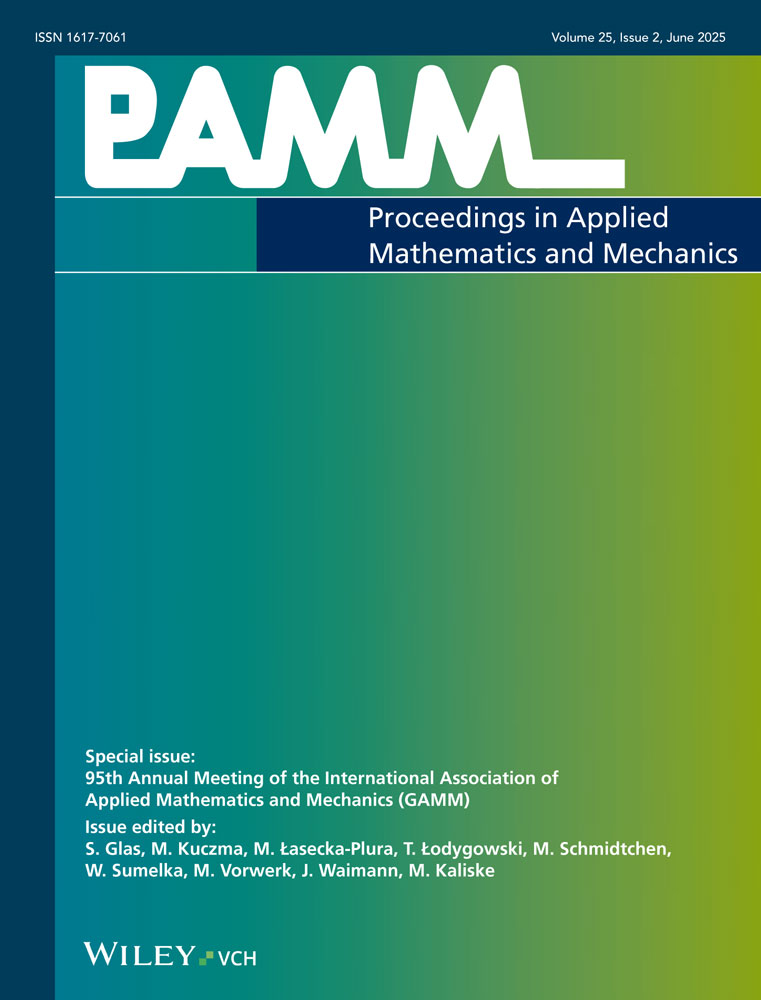A stochastic model for the direct and inverse problem of adhesive materials
Abstract
This work deals with the generation of artificial data based on experimental data for adhesive materials and the application of this data to the inverse and the direct problem. In reality there are only a very limited number of experimental data available. Therefore, the prediction of material behaviour is difficult and a statistical analysis with a stochastic proved thesis is nearly impossible. In order to increase the number of tests a method of stochastic simulation based on time series analysis is applied.
With artificial data an arbitrary number of data is available and the process of the parameter identification can be statistically analysed. Additionally, one example is shown, which adapts the analysed material parameter to the direct problem. The stochastic finite element method is used to take into account the distribution and deviation of the fracture strain. (© 2012 Wiley-VCH Verlag GmbH & Co. KGaA, Weinheim)




